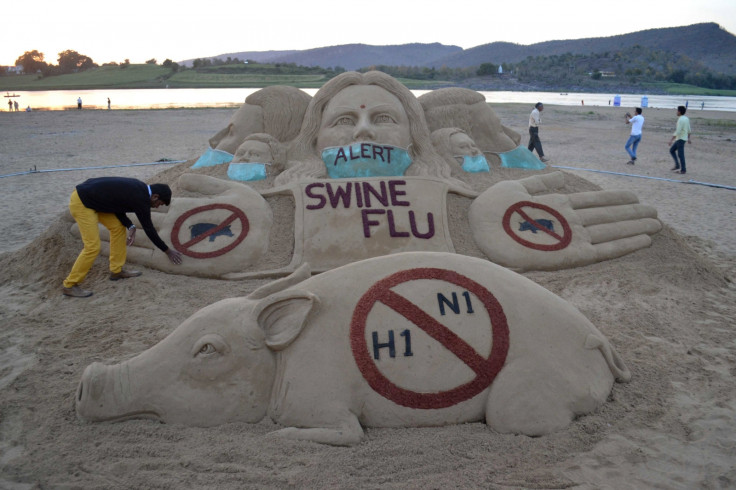India swine flu has mutated to become more deadly as virus claims 1,200 lives

The current outbreak of swine flu in India, which has so far killed over 1,200 people since December, appears to have mutated to become more deadly, a study has suggested.
Indian health officials previously said the strain had not changed from the version of H1N1 that emerged in the US in 2009.
However, scientists at MIT have now found evidence contradicting this. Over the past two years, genetic sequence information on the flu-virus protein of the only two flu strains in India has been deposited into publicly available influenza databases.
This has made it difficult for scientists to work out which strain is causing the current outbreak – and how it differs from previous strains. "We're really caught between a rock and a hard place, with little information and a lot of misinformation," said senior author Ram Sasisekharan.
However, the researchers say they were able to gather enough information to show the recent Indian strain carries new mutations that are known to make it more virulent – raising cause for concern.

Swine flu
Swine flu is a human disease – it is passed from person to person, not from pigs. It originally jumped from pigs to humans then evolved. Because pigs can become infected with flu viruses from a variety of hosts, including birds and humans, they can act as a 'mixing vessel'. This allows for the reassortment of influenza genes from different viruses creating new flu viruses. The concern about these 'reassortant' viruses is that they may be more easily spread from person to person, or cause more severe disease than the original virus.
The H1N1 virus that caused the influenza pandemic in 2009-2010 is an example of a swine influenza virus that was able to spread easily among humans and cause disease.
The team compared the genetic sequences of the two strains to the 2009 strain of H1N1 that killed over 18,000 people worldwide over the following three years.
The Indian strain was found to carry new mutations in the hemagglutinin protein. This protein binds to receptors found on the surface of respiratory cells. The strength of that binding determines how effectively the virus can infect these cells.
One of the mutations discovered has been linked with increased disease severity, while the other allows the hemagglutinin to bind more strongly to the receptors, making it more infectious.
Sasisekharan said more research and surveillance is needed to confirm whether these mutations are present in the current Indian strain, which has so far infected over 20,000 people.

Published in the journal Cell Host & Microbe, researchers say the indication the virus might have mutated shows the need for further surveillance and study. They say there is a distinct lack of scientific information about the current swine flu outbreak in India, which has resulted in conflicting reports.
They also note that the number of viral sequences provided for public analysis has been limited to the population susceptible to being infected, while monitoring of flu viruses in animals – which allows for real-time surveillance in humans – has been lacking.
"It has been extensively reported in India that a virus similar to A/California/07/2009 is responsible for the current outbreak," Sasisekharan said. "Examination of the Indian H1N1 flu viruses that circulated in 2014 shows amino acid mutations that make them distinct from the A/California/07/2009 virus.
"It is widely believed that the current H1N1 flu vaccine is still effective for the most part. Effectiveness of the current H1N1 flu vaccine is debatable, and there have been calls for updating the vaccine. The Indian H1N1 viruses that circulated in 2014 are different compared with the 2009 vaccine strain A/California/07/2009."
© Copyright IBTimes 2024. All rights reserved.























